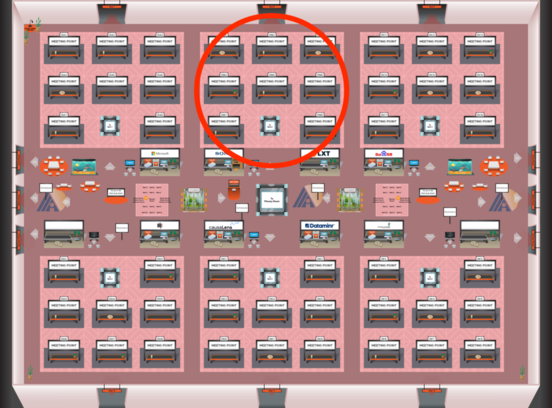Reference-Guided Pseudo-Label Generation for Medical Semantic Segmentation
Constantin Marc Seibold, Simon Reiß, Jens Kleesiek, Rainer Stiefelhagen
[AAAI-22] Main Track
Abstract:
Producing densely annotated data is a difficult and tedious task for medical imaging applications.
To address this problem, we propose a novel approach to generate supervision for semi-supervised semantic segmentation. We argue that visually similar regions between labeled and unlabeled images likely contain the same semantics and therefore should share their label. Following this thought, we use a small number of labeled images as reference material and match pixels in an unlabeled image to the semantic of the best fitting pixel in a reference set.
This way, we avoid pitfalls such as confirmation bias, common in purely prediction-based pseudo-labeling.
Since our method does not require any architectural changes or accompanying networks, one can easily insert it into existing frameworks.
We achieve the same performance as a standard fully supervised model on X-ray anatomy segmentation, albeit using 95% fewer labeled images.
Aside from an in-depth analysis of different aspects of our proposed method, we further demonstrate the effectiveness of our reference-guided learning paradigm by comparing our approach against existing methods for retinal fluid segmentation with competitive performance as we improve upon recent work by up to 15% mean IoU.
To address this problem, we propose a novel approach to generate supervision for semi-supervised semantic segmentation. We argue that visually similar regions between labeled and unlabeled images likely contain the same semantics and therefore should share their label. Following this thought, we use a small number of labeled images as reference material and match pixels in an unlabeled image to the semantic of the best fitting pixel in a reference set.
This way, we avoid pitfalls such as confirmation bias, common in purely prediction-based pseudo-labeling.
Since our method does not require any architectural changes or accompanying networks, one can easily insert it into existing frameworks.
We achieve the same performance as a standard fully supervised model on X-ray anatomy segmentation, albeit using 95% fewer labeled images.
Aside from an in-depth analysis of different aspects of our proposed method, we further demonstrate the effectiveness of our reference-guided learning paradigm by comparing our approach against existing methods for retinal fluid segmentation with competitive performance as we improve upon recent work by up to 15% mean IoU.
Introduction Video
Sessions where this paper appears
-
Poster Session 1
 Thu, February 24 4:45 PM - 6:30 PM (+00:00)
Thu, February 24 4:45 PM - 6:30 PM (+00:00)
 Red 2
Red 2
-
Poster Session 10
 Sun, February 27 4:45 PM - 6:30 PM (+00:00)
Sun, February 27 4:45 PM - 6:30 PM (+00:00)
 Red 2
Red 2
